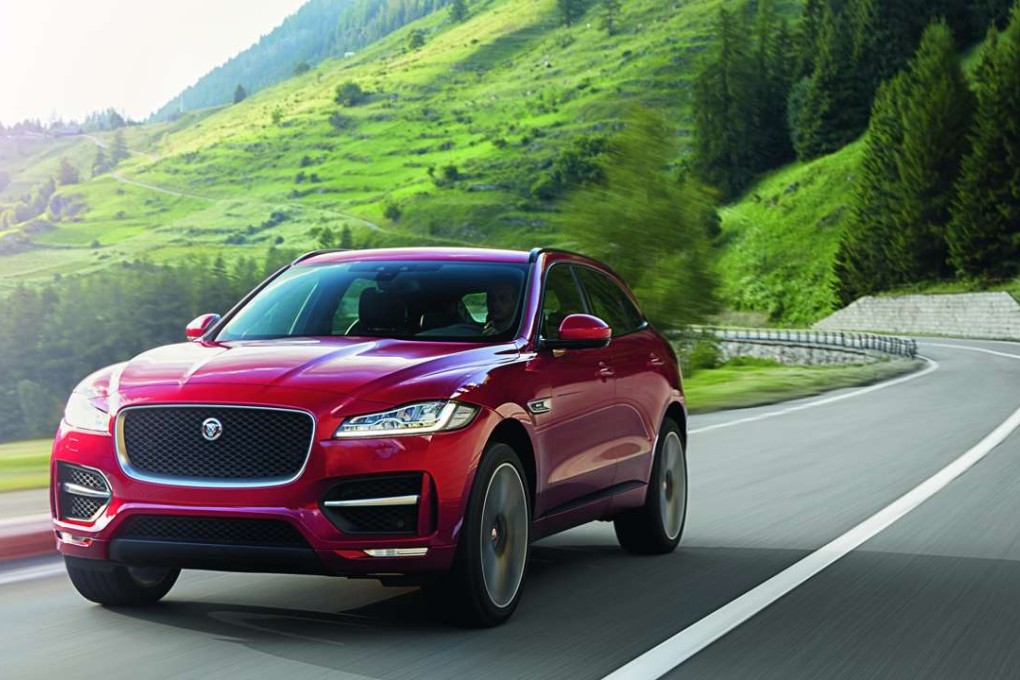Just be yourself: a lesson for Jaguar’s F-Pace
The SUV that claims not to be an SUV may be the best...well, SUV, on the market

When is an SUV not an SUV? When it’s the “ultimate practical sports car”, that’s when. When it’s a sports car that miraculously enjoys the countryside so much it likes to venture off-road; and when it’s a sports car that can comfortably seat five adults of regular dimensions.
Jaguar might tell you all this – that “ultimate practical sports car” legend is part of its marketing thrust – but if the company thinks its F-Pace filly can steal sales from its rivals through the back door, by pretending to be something other than an SUV, then Jaguar is smoking too much of its own burning rubber.
The F-Pace might have an odd name that makes it sounds like an essential piece of medical kit, but it’s far too conspicuously pretty to pretend to be anything other than what it is: the best-looking, and perhaps the best, high-end SUV on the market.
The F-Pace has come wading into this lucrative, densely populated industry segment to smack the Porsche Macan upside its flared wheel arches. BMW man in his X4 is already looking in wide-eyed wonder (and fear) in his rear-view mirror. It’s such a fun drive it puts a smiley emoticon on the driver’s face.

So if it’s such a marvel, what can it actually do? Zero to 100km/h in 5.8 seconds and a top speed of 250km/h that would be higher if not for one of those pesky limiters you find on minibuses (Macan: 5.4 seconds and 254km/h; X4: 8.1 seconds and 212 km/h). A combined city/highway fuel economy of 100km for every 8.9 litres of fuel (Macan: 8.7; X4: 6.9). Generate a supercharged 380hp (Macan: 340hp; X4: 300hp). And whack your wallet for HK$698,800 for the 35t Prestige model (basic Macan: HK$689,000; range-topping X4: HK$671,000).